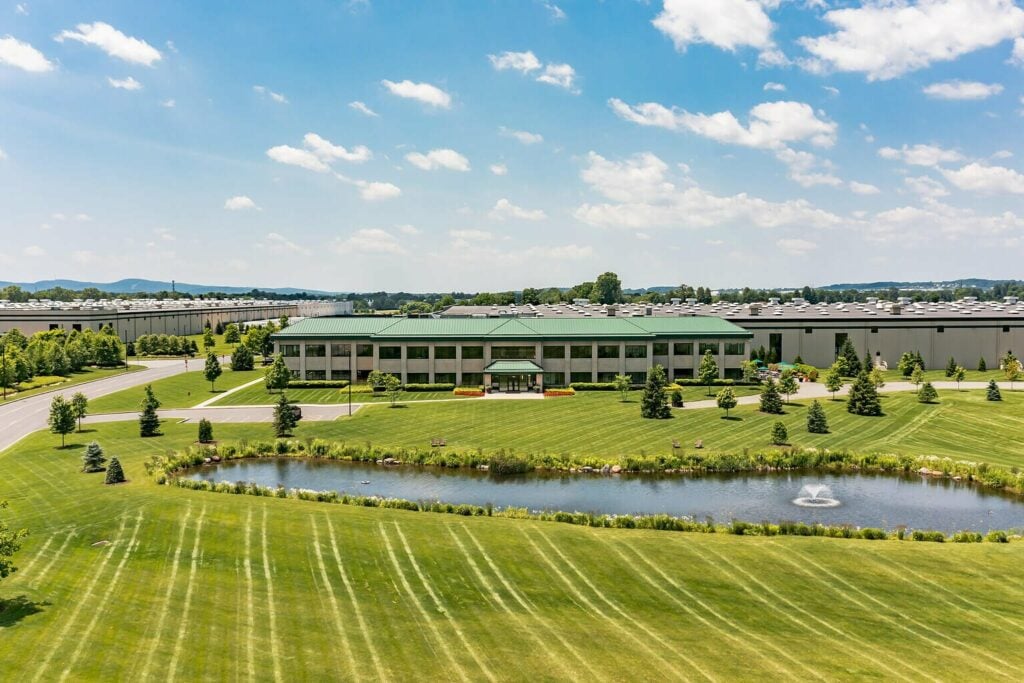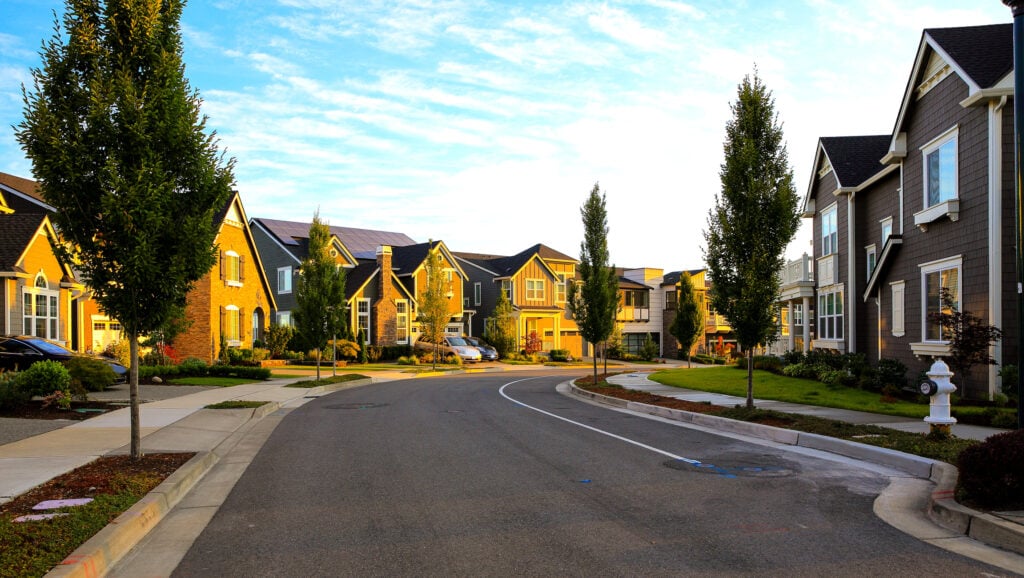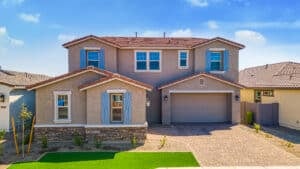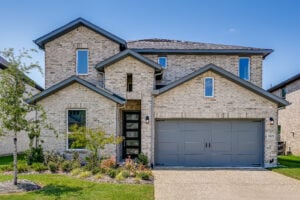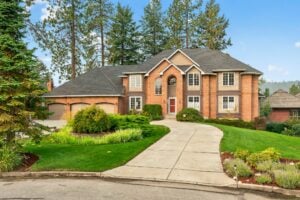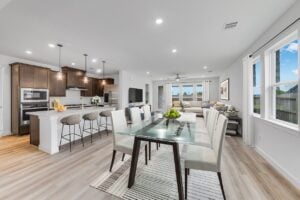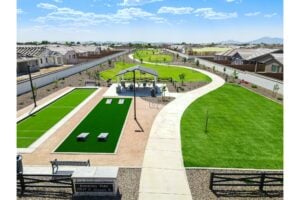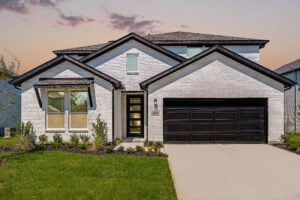- 87% more views and 403% more inquiries for listings with videos.
- Homes with video tours sell 6% faster and for 3% higher prices.
- 73% of homeowners prefer agents who use video, while 54% of buyers skip listings without virtual tours.
Key Steps to Create Effective Video Tours:
- Plan Ahead: Stage the property, create a shot list, and schedule filming during optimal lighting times.
- Use the Right Equipment: Invest in quality cameras, stabilizers, and lighting tools.
- Film Strategically: Highlight standout features, use smooth transitions, and maintain consistent camera angles.
- Edit Professionally: Use tools like Adobe Premiere Pro or iMovie for color correction, stabilization, and clean text overlays.
- Distribute Widely: Post on platforms like YouTube, social media, and your website to maximize visibility.
Why It Matters:
Listings with video tours attract more buyers, close deals faster, and help agents stand out in a competitive market.
Keep reading for detailed tips on planning, filming, and distributing professional real estate video tours.
HOW TO SHOOT REAL ESTATE VIDEOS | Gear, Settings …
Pre-Production Planning
Planning ahead is crucial for producing polished video tours that effectively highlight properties.
Property Staging Checklist
Staging a property helps create a welcoming feel, making it easier for viewers to imagine themselves in the space.
“Just like an actor or actress going into hair and makeup before a big shoot, your home also needs a little love for it to look stunning on camera.” – Christopher Helkey [2]
For exteriors:
- Move vehicles out of sight
- Mow the lawn and trim hedges
- Wash windows and glass doors
- Store away maintenance tools
- Arrange outdoor furniture neatly
For interiors:
- Kitchen: Clear off countertops
- Living Areas: Simplify decor and organize furniture
- Bedrooms: Make beds and add decorative pillows
- Bathrooms: Remove personal items and close toilet lids
- Throughout: Clean all surfaces, mirrors, and windows
Once the property is staged, the next step is to plan your shots carefully.
Creating Your Shot List
A well-thought-out shot list ensures your video flows smoothly and highlights the best features of the property.
Key points to consider:
- First Impressions: Start with an exterior establishing shot
- Transitions: Plan smooth movements between rooms
- Standout Features: Showcase special amenities and upgrades
- Audience: Adjust pacing to suit the target buyers
- Angles: Use wide shots to capture room dimensions accurately
Scheduling: Best Times to Film
The timing of your shoot plays a big role in the overall quality of your video. The “golden hour” is ideal for capturing natural light, enhancing both indoor and outdoor shots.
“When planning to shoot a virtual 360 tour, it is important to pick a day that is sunny.” – Chris Lara, Owner, Creative Legacy Agency [4]
Optimal filming times:
- Morning (7:00 AM – 9:00 AM): Best for east-facing homes
- Late Afternoon (4:00 PM – 6:00 PM): Works well for west-facing homes
- Overcast Days: Offer soft, even lighting without harsh shadows
Avoid shooting between 11:00 AM and 2:00 PM, as the intense sunlight during this time can create unflattering shadows and overexposed areas. Always check the weather and seasonal lighting conditions before finalizing your schedule.
Required Video Equipment
Once you’ve planned your shoot, it’s time to gather the right tools. The right gear makes all the difference when creating standout video tours.
Camera and Stabilizer Setup
Your choice of camera should align with your experience level and budget. Here are some solid options:
Entry-Level ($500–$900):
- Canon Rebel EOS SL3 ($549+)
- Nikon D3500 ($899)
- Canon 10-18mm lens ($279)
Professional ($1,000–$2,000):
- Canon 80D ($999) or Nikon D7500 ($996)
- Canon 16-35mm lens ($999)
For 360° virtual tours, consider these popular choices:
- Insta360 X4 ($499)
- Ricoh THETA Z1 ($1,046.95)
“The quality of the 360-degree photos is excellent, and the tripod and digital camera rotator make it easy to capture professional-looking virtual tours.” – lilpuma Studios [7]
Stabilization Equipment:
The right stabilizer depends on your camera’s weight. Here are a few options:
- Entry-Level: Slik Pro 700DX AMT ($140)
- Mid-Range: Vanguard Alta Pro 263AB ($149)
- Professional: Manfrotto MT055XPro3 with 410 Junior Head ($599)
Lighting Setup Guide
Natural light is always a great choice, but additional lighting can help keep your shots consistently exposed, especially in darker spaces.
Key Lighting Tools:
- LED panel lights
- Portable softboxes
- Battery-powered lights
For twilight shots, which are known to boost listing engagement [5], make sure your camera performs well in low light.
A December 2024 case even linked a quick property sale to the use of professional video equipment [7]. With the right tools and thoughtful staging, your video tours can truly grab buyers’ attention.
Video Filming Guide
Exterior Shots and First Impressions
Start with eye-catching exterior shots that highlight the property’s best features. Position your camera to take advantage of natural light or use HDR to bring out vibrant, realistic colors and balanced exposure.
“HDR photography is the most successful way for the camera to show what the human eye naturally sees.” – HomeJab [6]
To make your video more engaging:
- Capture virtual dusk shots to boost click-through rates by up to 300% [6].
- Use 4K drones for aerial footage to showcase the property’s layout and surrounding landscape [8].
Once you’ve captured the exterior, move indoors to focus on each room with the same level of care.
Room-by-Room Filming
When filming interiors, aim for a natural perspective with smooth, steady movements and clear compositions. Keep the camera positioned between eye and waist level, and use wide-angle lenses to capture the full scope of each room.
Key filming tips:
- Use slow push-ins to create a clear narrative of the property.
- Employ gentle pans to reveal connected spaces.
- Include doorway transitions to add depth and spatial awareness.
- Frame shots with a clear focal point.
- Ensure vertical lines remain straight.
- Maintain consistent camera heights throughout.
- Focus on one room at a time to avoid overwhelming the viewer.
Key Feature Focus
After covering the basics, highlight the property’s standout features. For rooms with stunning views or large windows, adjust the exposure to capture both the interior and the scenery outside. These details can significantly enhance the property’s appeal.
Video Editing Steps
Editing Software Options
To refine your real estate tours, use top-tier editing software. Tools like Adobe Premiere Pro and Final Cut Pro provide features such as color adjustments, video stabilization, and smooth transitions. If you’re just starting out, iMovie is a simpler option.
Look for editing software that includes:
- Advanced color adjustment tools
- Stabilization for smoother footage
- Professional-grade transition effects
- Multi-track audio editing capabilities
- Options for adding clean text overlays
Audio and Text Elements
Audio plays a key role in keeping viewers engaged. Here’s how to make it work for your video tour:
- Eliminate background noise during editing.
- Choose music that complements the property’s vibe.
- Record professional voice-overs in a quiet setting for clarity.
When it comes to text, less is more. Add property details and contact information toward the end of the video to keep viewers interested. Ensure text overlays are clean, easy to read, and consistent in style throughout the video tour.
Final Quality Control Steps
Before wrapping up your video project, go through a thorough quality check. Focus on these areas:
- Ensure color balance is consistent across all scenes.
- Verify that audio is clear and synced properly.
- Check that text overlays are easy to read and positioned well.
- Confirm transitions between shots are smooth.
- Aim for a total video length of 1–2 minutes for optimal viewer retention.
Video Distribution Methods
Once you’ve created your video tour, the next step is to share it effectively to maximize visibility and engagement. Did you know that listings with videos get 403% more inquiries than those without? [9] This highlights just how crucial proper distribution is.
Choosing the Right Platforms
YouTube is a top choice for real estate video marketing and is the second-largest search engine in the world [9]. To make the most of it, focus on these strategies:
- Geotag your videos to improve local search results.
- Include your full NAP details (Name, Address, Phone number) in the video descriptions.
- Add links to your website in the descriptions and video end screens.
- Use location-specific keywords in your video titles and tags.
Your HomeJab property page can also act as a central hub for hosting your videos. It integrates smoothly with your existing marketing efforts and provides professional hosting. Don’t forget to ensure your videos are mobile-friendly, as more than 50% of users view virtual tours on their mobile devices [10].
Beyond publishing on platforms, you’ll want to incorporate your videos into a broader marketing strategy.
How to Integrate Videos Into Your Marketing
Here are some practical ways to maximize the impact of your video tours:
- Social Media:
- Your Website:
- Embed videos directly on property listing pages.
- Build dedicated landing pages for featured properties, highlighting the video content.
- Always include clear calls-to-action below each video to guide potential buyers.
“Video does help sell homes. For the real estate agent, it’s the best listing tool out there today. Agents will get almost every listing they’re up for if they present their video tours properly on a listing appointment.” – Video Maker Magazine [13]
Tracking Performance
Monitor key metrics like view duration, engagement rates, lead generation, and click-through rates to your property listings. Stick to a consistent posting schedule and engage with viewer comments to build connections. Keep in mind that 36% of people rely on online videos as a source of information during their home search [12].
Conclusion: Video Tour Success Tips
Data reveals that 73% of people prefer agents who use video tours [1], making it a must-have tool in today’s real estate market.
To create successful video tours, focus on three core areas: planning, filming, and distribution. Here’s how to excel in each:
Pre-Production Planning
Careful preparation is what separates professional-quality videos from amateur ones. Start by outlining the property’s standout features in a storyboard. Aim for a video length of about one minute [3]. Tailor the style and pacing to appeal to your target audience – this ensures the video resonates with potential buyers.
Filming Tips
Use natural lighting to your advantage. Schedule shoots during the best daylight hours to maintain consistent brightness throughout the property [3]. To add a unique angle, consider using drone footage to highlight the surrounding neighborhood – this perspective can make your listing stand out [3]. Once you’ve captured high-quality footage, shift your focus to getting it in front of the right audience.
“I’ve been using HomeJab for my listings now for almost a decade. My clients love the quality that they deliver. And as a real estate agent, that’s what separates a good agent from an average agent.” – Terry Grayson [15]
Strategic Distribution
Video-enabled listings receive 4x more inquiries [1], and buyers spend 10–20 hours a week watching video content [11]. Optimize your videos for mobile devices to reach this engaged audience effectively.
HomeJab offers a range of solutions starting at $220 [1], including drone videos, walkthrough tours, and neighborhood highlights. With a network of over 2,000 photographers across the U.S. and Canada, they deliver polished results within 24 hours [15].
Since 99% of homeowners begin their search online [11], success in video marketing lies in creating high-quality content and distributing it strategically.

